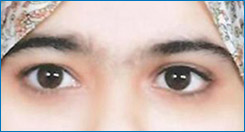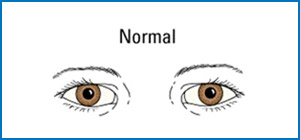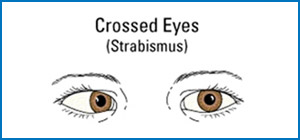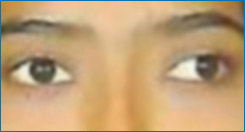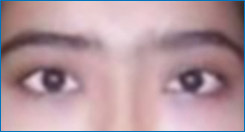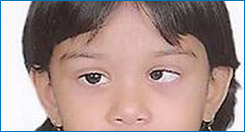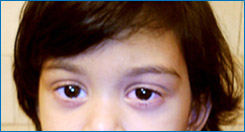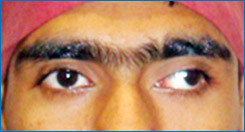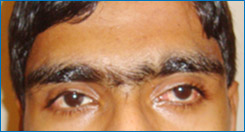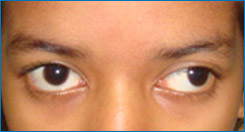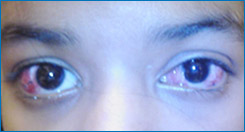Squint
Squint
A squint is when the eyes do not look in the same direction. Most occur in young children. A child with a squint may stop using the affected eye to see with. This can lead to visual loss called amblyopia which can become permanent unless treated in childhood. Amblyopia is usually treated by patching the good eye to force the use of the affected eye. Another main aim of treatment is to correct the appearance of the squint. This often requires surgery.
Causes of Squint
Congenital Squints of Unknown Cause:
Congenital squint means that the child is born with a squint, or it develops within six months of age. In most cases, the cause is not known. (The eye muscles are not balanced but the reason for this is not known.) In most cases one eye turns inward. This is called congenital esotropia (sometimes called infantile esotropia). This common type of squint tends to run in some families so there is some genetic component to this type of squint. However, many children with congenital esotropia have no other family members affected. In some cases the eye turns outward (congenital exotropia). Less commonly, a squint of unknown cause may result in an upward or downward turn of the eye.
Squint related to Refractive Errors:
Refractive errors include : short sight (myopia), long sight (hypermetropia) and astigmatism. These are conditions that are due to poor focusing of light through the lens in the eye. When the child with a refractive error tries to focus to see clearly, an eye may turn. This type of squint tends to develop in children who are two years or older, in particular in children with long sight. The squint is most commonly inward looking (an esotropia).
What are the Treatments for Squint?
Treatment typically involves the following :
 Treating amblyopia (visual loss) if this is present.
Treating amblyopia (visual loss) if this is present. Wearing glasses to correct any refractive error, if this is present
Wearing glasses to correct any refractive error, if this is present Surgery is often needed to correct the appearance of the squint itself, and may help to restore binocular vision in some cases
Surgery is often needed to correct the appearance of the squint itself, and may help to restore binocular vision in some casesSquint Before / After Gallery
-
Before
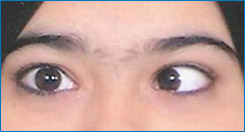
-
After
